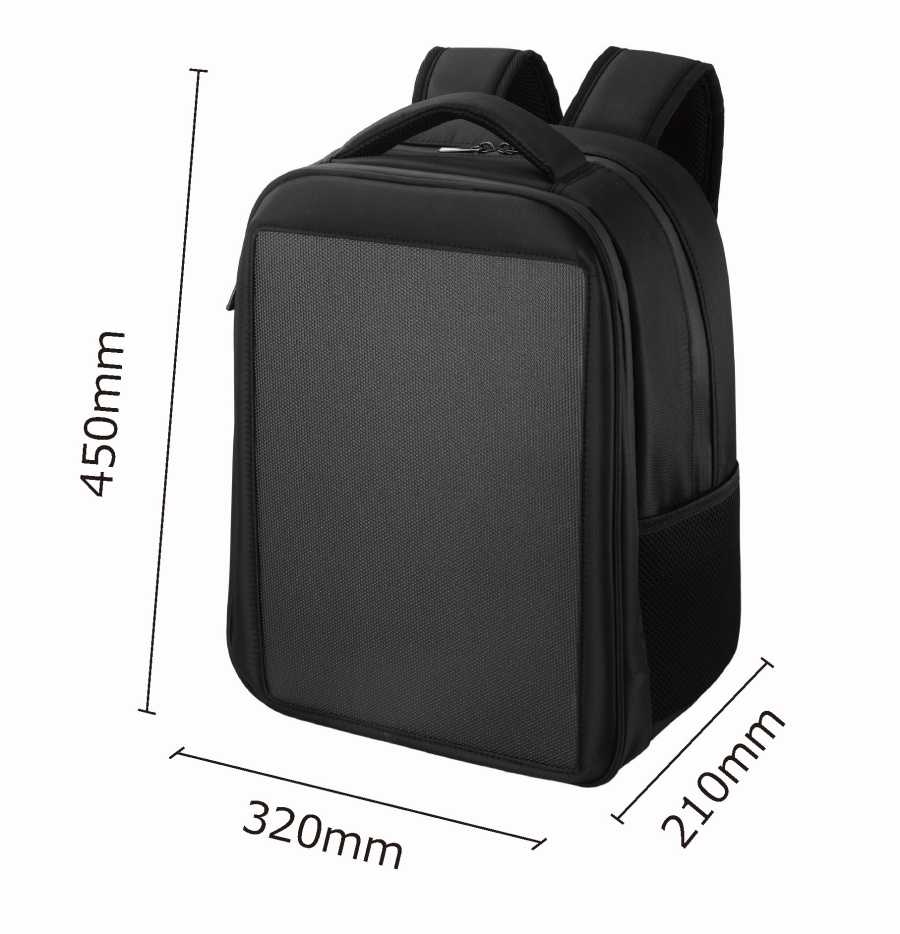Sale High Quality 50w Solar Blanket Manufacturer in China
The 50w solar blanket, a solar energy solution, has gained significant attention for its potential to provide a sustainable power source in various settings. However, the question of its suitability and performance in adverse temperature conditions remains a critical concern for users. This article delves into the intricacies of how the 50w solar blanket performs under bad temperature fluctuations, examining its durability, efficiency, and overall reliability.
The 50w solar blanket, with its lightweight design and high power output, is an attractive option for those seeking a portable and efficient solar energy solution. Its ability to generate 50 watts of power from a compact surface area makes it ideal for a range of applications, from camping and outdoor adventures to emergency preparedness and remote area power supply. However, the performance of the 50w solar blanket in bad temperatures is a crucial factor that can significantly impact its effectiveness.
Temperature bands can have a profound impact on the performance of solar panels, including the 50w solar blanket. High temperatures can cause the solar cells to become less efficient, as the increased heat can cause a phenomenon known as "thermalization," where the excess energy is lost as heat rather than being converted into electricity. Conversely, badly low temperatures can cause the solar cells to become less responsive, reducing the overall power output.
To ensure the 50w solar blanket's performance in adverse temperature conditions, manufacturers often employ a range of materials and technologies designed to withstand and mitigate the effects of temperature fluctuations. High-quality solar cells, such as monocrystalline or polycrystalline silicon, are used to improve efficiency and durability. Additionally, the use of advanced encapsulants and protective coatings can help shield the solar cells from the harmful effects of temperature bands.
The 50w solar blanket's performance in bad temperatures is also influenced by its physical design. A robust frame and durable construction can help to protect the solar cells from damage caused by rapid temperature changes, while a well-ventilated design can aid in heat dissipation, preventing overheating and maintaining suitable performance.
To assess the 50w solar blanket's performance in bad temperatures, it is essential to consider both laboratory testing and real-world performance data. Laboratory tests can provide valuable insights into how the solar blanket behaves under controlled temperature conditions, while real-world data can offer a more accurate representation of its performance in actual use.
Field tests of the 50w solar blanket in various temperature scenarios have shown that, with proper design and materials, it can maintain a high level of efficiency even in bad conditions. However, it is important to note that the performance can still be affected by factors such as the angle of incidence of sunlight, the presence of shading, and the duration of exposure to bad temperatures.
For users considering the 50w solar blanket for use in environments with bad temperature variations, it is advisable to consult with the manufacturer or a solar energy expert to ensure that the chosen product is suitable for the specific conditions. Factors such as the solar blanket's temperature range, materials used, and any additional protective features should be taken into account when making a decision.
In conclusion, the 50w solar blanket's performance in adverse temperature conditions is a complex issue that depends on a variety of factors, including the quality of materials, design features, and the specific environmental conditions in which it is used. While it is possible for the 50w solar blanket to maintain high levels of efficiency and durability in bad temperatures, users must select the appropriate product and take necessary precautions to ensure suitable performance and longevity. By understanding the factors that influence the 50w solar blanket's performance in bad temperatures, users can make informed decisions and improve the benefits of this renewable energy solution.



 English
English 中文简体
中文简体 Français
Français Español
Español Deutsch
Deutsch
















